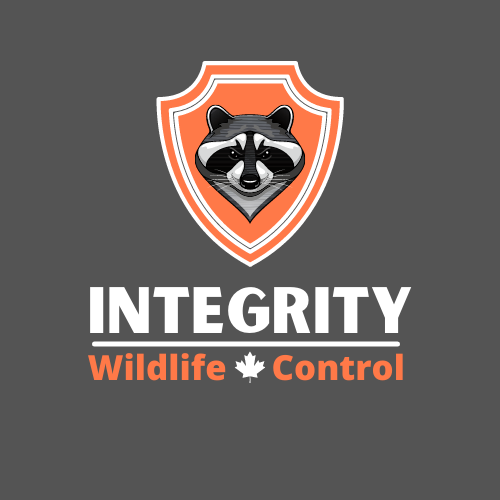In recent years, advancements in technology have played a crucial role in wildlife conservation efforts around the world. From tracking and monitoring endangered species to analyzing data and creating more efficient conservation strategies, technology has empowered conservationists to better understand and protect our planet’s diverse wildlife populations.
One key area where technology has been particularly impactful is in the realm of squirrel removal. Squirrels are notorious for causing damage to homes and properties, as well as posing a threat to native bird species. Traditional methods of squirrel removal, such as trapping and relocation, have often been ineffective and harmful to both the squirrels and the environment.
However, with the advent of new technologies, conservationists have been able to develop more humane and effective squirrel removal methods. One such technology is the use of motion-activated cameras and sensors to track squirrel activity and behavior. By placing these devices in strategic locations, conservationists can gain valuable insights into squirrel populations and their movements, allowing them to develop targeted removal strategies that minimize harm to the animals.
In addition to monitoring squirrel populations, technology has also been instrumental in educating the public about the importance of wildlife conservation. With the rise of social media and online platforms, conservationists can reach a wider audience and raise awareness about the threats facing squirrels and other wildlife species. By sharing photos, videos, and educational resources online, conservationists can engage with the public and inspire them to take action to protect squirrels and their habitats.
Furthermore, technology has enabled conservationists to collect and analyze data more efficiently, allowing them to make informed decisions about squirrel removal and conservation strategies. By using geographic information systems (GIS) and other tools, conservationists can map squirrel populations, identify habitat loss and fragmentation, and predict future trends in squirrel populations. This data-driven approach has been instrumental in developing sustainable conservation plans that are tailored to the unique needs of squirrels and their ecosystems.
Overall, the role of technology in wildlife conservation, particularly in squirrel removal, cannot be understated. By harnessing the power of new technologies, conservationists are making significant strides in protecting squirrels and other wildlife species from threats such as habitat loss, climate change, and human-wildlife conflict. As technology continues to advance, we can expect even greater innovations in wildlife conservation, ensuring a brighter future for squirrels and all of Earth’s creatures.
For more information visit:
Integrity Wildlife Control
https://www.integritywildlife.ca/
Integrity Wildlife Control
Canada’s premier wildlife, pest, and animal removal and control company.
Backed by 20 years of experience, Integrity Wildlife Control is the company to call for permanent wildlife control
and wildlife removal in Hamilton and the Greater Toronto Area. Our four-step process identifies and removes unwanted wildlife from your home or business. We then repair all damage and prevent wildlife from returning. Our wildlife removal process provides effective and affordable solutions and includes a
money-back guarantee and a lifetime warranty.
Integrity Wildlife Control provides service you can trust.

